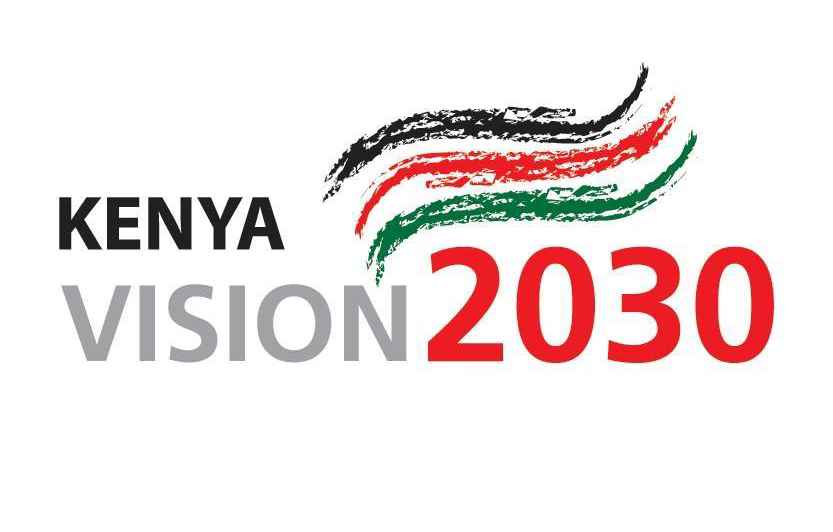By John Walubengo
We are less than seven years away from our national mental milestone – the year 2030 – gifted to us by the Kibaki regime about 20 years ago as our Vision 2030.
Many things were promised and envisioned in that document that touches on our social, economic and political lives. A few will be achieved, but based on our progress so far, many targets are likely to be missed.
However, some targets are beyond our control and are likely to happen, with or without our participation. Most of these targets are technological and driven by emerging technologies being developed and adopted globally.
We are talking about the data economy and its manifestation around the digital platforms, as well demonstrated by the Facebooks, the Apples, the Googles, the Amazons, the Uber or TikTok of this world. Closer home, we have the LittleCab, the M-PESA, the Viusasa, and the Ajua among others.
What is common between all these companies is that they collect, store and mine data to create insights that are then sold as data-driven digital services. This model is likely to be the larger proportion of what we currently call ICTs today.
The current ICT companies are traditionally categorised under Telecoms, Broadcast and IT companies. The future is not likely to have this segmentation, instead will have data-driven companies whose services cut across all these segments.
One can almost feel or say that the future is already here.
If you looked at the Safaricom line of products that are being built around their MPESA platform, you can already tell that a data-driven future is already here. 20 years ago Safaricom signed up and registered as a telecommunications company, but today it is more of a data-driven service than a telco company – as reported in their recent 2023 financial report.
Is our regulatory framework adapting to the new data-driven reality?
But has our regulatory framework adjusted to this reality?
Partly. The main regulator, the Communications Authority of Kenya has over its 20yrs undergone various legal and structural changes and introduced broadcasting and ICT under its jurisdiction.
However, that may not be enough.
The data-driven digital future is going to need more than one regulator to manage. Data-driven Services like the Internet of Things (IoT) that include self-driving cars, drones, and smart meters amongst others cut beyond the telecom platform they ride on.
A telecom company of the future is going to be like that proverbial elephant that the six blind men encountered. A Telcom company digital product is going to mean six different things to six different industry verticals that may include but are not limited to transport, financial, health, and manufacturing among others.
No single entity would house sufficient expertise to manage all the resultant regulatory issues that will emerge across these sectors. In other words, the future of regulation is going to have to be decentralized and distributed.
Is Kenya preparing for that future regulatory environment?
Time will tell.
READ
_____________________________________________________________________________________________
John Walubengo is an ICT Lecturer and Consultant. @jwalu.
![]()





I’m happy to be part of the KESIG 2023 Cohort the lessons are very educative #looking forward to engaging more with KICTANET. KICTANet all the way…